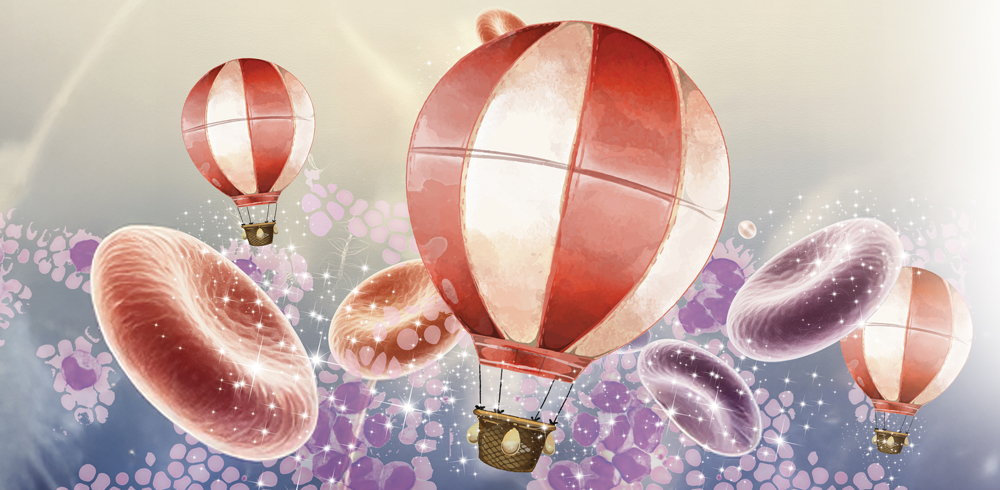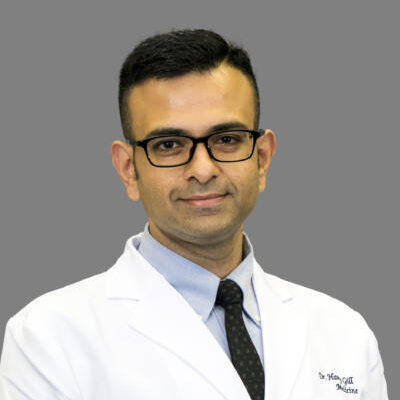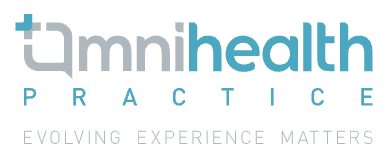Tag : ORAL ARSENIC TRIOXIDE

Acute promyelocytic leukemia (APL) has historically been one of the most aggressive forms of leukemia and an oncological emergency, characterized by rapid progression and high early mortality rates.1 Traditional chemotherapy treatments often led to dismal prognoses, but the discovery of targeted therapies such as all-trans retinoic acid (ATRA) and arsenic trioxide (ATO) has revolutionized its management.1 The ongoing evolution of ATO formulations is highlighted by an Acute Promyelocytic Leukaemia Asian Consortium (APL-AC) study, which examines the efficacy and safety of oral-ATO. This study underscores the potential of oral-ATO not only to enhance patient outcomes in APL but also to provide a more convenient and cost-effective option.2 In an interview with Omnihealth Practice, Dr. Gill Harinder Singh Harry, the study’s lead investigator, described how the development of an oral formulation of ATO has further transformed the treatment landscape, offering significant improvements in survival rates, quality of life (QoL), and healthcare resource utilization.

Acute promyelocytic leukemia (APL) is a rapidly fatal disease without timely treatment. A recent breakthrough from the University of Hong Kong’s LKS Faculty of Medicine (HKUMed) is changing the global treatment landscape of APL with the development of an oral formulation of arsenic trioxide (oral-ATO). Backed by over 20 years of clinical data, oral-ATO has now received orphan drug designation (ODD) from both the United States (US) Food and Drug Administration (FDA) and European Medicines Agency (EMA). Led by Dr. Singh, Gill Harinder Harry, Clinical Associate Professor at HKUMed, the team is pioneering a new era in APL treatment, bringing this life-saving innovation from Hong Kong to the global stage.

